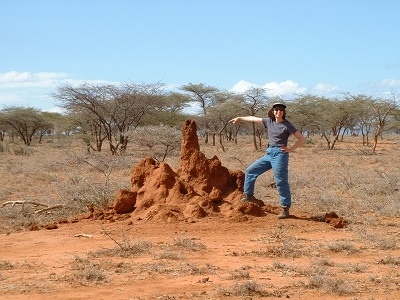SOIL FORMATION
by Mr.Bright Brabin Winsley J
Soils differ from one part of the world to another, even from one part of a backyard to another. They differ because of where and how they formed. Climate, organisms, relief (landscape), parent material and time are five major factors of interaction creating different types of soils.
Climate: Temperature and moisture influence the speed of chemical reactions, which in turn help control how fast rocks weather and dead organisms decompose. Soils develop faster in warm, moist climates and slowest in cold or arid ones.

Organisms: Plants root, animals burrow, and bacteria eat – these and other organisms speed up the breakdown of large soil particles into smaller ones. For instance, roots produce carbon dioxide that mixes with water and forms an acid that wears away rock.

Relief (landscape): The shape of the land and the direction it faces make a difference in how much sunlight the soils gets and how much water it keeps. Deeper soils form at the bottom of a hill because gravity and water move soil particles down the slope.

Parent material: Every soil “inherits” traits from the parent material from which it formed. For example, soils that form from limestone are rich in calcium and soils that form from materials at the bottom of lakes are high in clay. Every soil formed from parent material deposited at the Earth's surface. The material could have been bedrock that weathered in place or smaller materials carried by flooding rivers, moving glaciers, or blowing winds. Parent material is changed through biological, chemical and environmental processes, such as weathering and erosion.

Time: All of these factors work together over time. Older soils differ from younger soils because they have had longer to develop. As soil ages, it starts to look different from its parent material. That is because soil is dynamic. Its components—minerals, water, air, organic matter, and organisms—constantly change. Components are added and lost. Some move from place to place within the soil. And some components are totally changed, or transformed.


Can you animate
ReplyDeleteVideo presentation is not much good.
ReplyDeleteNice explanation
ReplyDeletePresentation needed
ReplyDeleteNeed more information
ReplyDeleteVery needed info
ReplyDeleteExplained very well
ReplyDeleteGood work
ReplyDeleteNicely explained
ReplyDeleteVery good presentation 😁
ReplyDelete